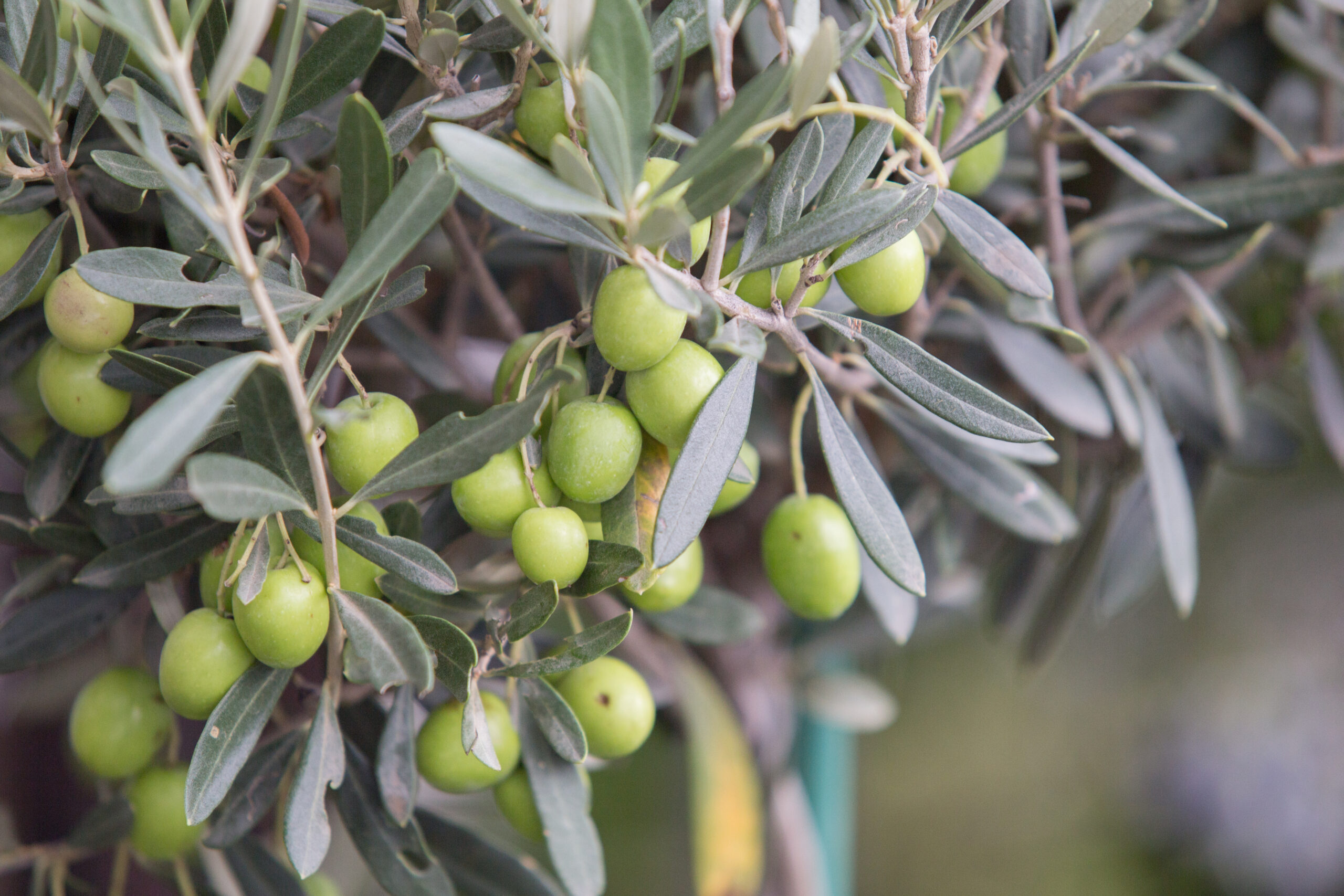Over 11 million hectares are dedicated to olive tree cultivation around the world, resulting in more than 20 million tons of olives per year (García Martín et. al, 2020). The main by-products of the olive oil industry are olive-pruning debris, olive stones and different pomaces. In cultures with traditional and intensive typologies, one single hectare of olive grove generates more than 5 tons of these by-products, while the global olive table industry generates around 30,000 tons olive stones, annually (Mata-Sánchez et.al., 2013).
Olive stones, the pits of olives, are more than just a waste product of olive processing. In recent years, olive stones have been gaining attention as a promising renewable energy source and biodegradable material.
Olive stones as a source for renewable energy
The global market for olive stones is growing rapidly as the demand for renewable energy sources increases. It is probably the residue produced in the olive fruit industrial sector with the greatest commercial interest due to its chemical and physical properties and combustion heat (Valvez et. al., 2021).
The conversion of olive stones to bioethanol is a process that has been studied in depth. Bioethanol is a renewable fuel that can be extracted from plant matter and used as an alternative to petrol or diesel. Bioethanol can be produced from olive stones through the process of hydrolysis. The olive stones are rich in polysaccharides (cellulose and hemicellulose). These are complex molecules that can be broken down into sugars and then fermented to produce ethanol. The hydrolysate obtained from this process is fermented with yeasts to produce ethanol. On average, 100kg of olive stones may give a yield of 5.7kg of ethanol. Truth is that the quantities of olive stones needed for bioethanol production are relatively smaller compared to other agricultural and forestry wastes.
Olive stones as a resource for biodegradable materials
As a lignocellulose material, olive stones’ s main components are cellulose, hemicellulose and lignin. Lignin is a natural compound that can be used to make biodegradable plastics. For example, the GO- Oliva project, a collaborative effort between OLIPE, a cooperative of olive oil producers in Andalusia, and AIMPLAS, a Spanish plastics technology center, aims to create the OLIPLAST, a new biodegradable, compostable plastic compound derived from olive stones. OLIPLAST will provide an alternative to single-use or short-life products and could be used in the production of products and secondary components related to olive oil, such as packaging containers for cosmetic creams made from olive oil.
Reolivar® is a project in Spain that recycles olive stones and converts them into a variety of new circular and 100% biodegradable materials. The project has developed two biomaterials, namely Reolive Earth and Reolive air, with the same origin but with very different appearance and properties. Reolive Earth can be used as an adhesive to weld pieces together, facilitating the production of mono-material objects, while Reolive air is a light and translucent biomaterial that can be used to produce pieces that are more similar to glass or plastic.
Biolive in Turkey is a biotechnology enterprise that designs and develops the production process of bio-based plastics and produces bio-based granules using olive seeds. Replacing 2 pounds of traditional plastic with the same amount of Biolive’s bioplastic from olive pits, it reduces carbon dioxide emissions by 6 kilos.
Photo credit: Freepik
Links:
Powered By Olive Stones? Turning Waste Stones Into Fuel — ScienceDaily
Organic, biodegradable, reusable: Transformative products from olive stones | REVOLVE
Olive stones – from waste to resource | Sustainable Plastics
References:
García Martín, J.F.; Cuevas, M.; Feng, C.-H.; Álvarez Mateos, P.; Torres García, M.; Sánchez, S. (2020). Energetic Valorisation of Olive Biomass: Olive-Tree Pruning, Olive Stones and Pomaces. Processes. 8, 511. https://doi.org/10.3390/pr8050511
Mata-Sánchez, J.; Pérez-Jiménez, J.A.; Díaz-Villanueva, M.J.; Serrano, A.; Núñez-Sánchez, N.; López-Giménez, F.J. (2013). Statistical evaluation of quality parameters of olive stone to predict its heating value. Fue.l 113, 750–756.
The Food and Agriculture Organization. Crops. Available online at:
http://www.fao.org/faostat/en/#data/QC/visualize (accessed on 24 January 2023).
Valvez, S.; Maceiras, A.; Santos, P.; Reis, P.N.B. (2021). Olive Stones as Filler for Polymer-Based Composites: A Review. Materials.14 (4), 845. https://doi.org/10.3390/ma14040845



